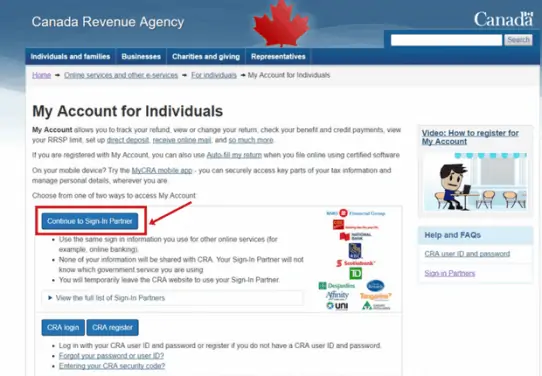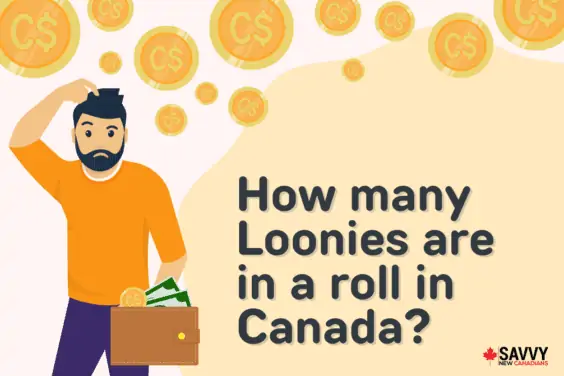Quick Answer
- The benefits of inflation include increased spending and production (spurring economic growth), higher wages, cheaper costs of borrowing, and higher employment rates. It is also better than deflation.
- The disadvantages of inflation include lower purchasing power and reduction in the standard of living, higher interest rates, and it worsens inequality.
- Persistent high inflation negatively affects the economy long-term.
Over the past couple of years, nothing has impacted Canadians more than inflation. When inflation rises, it devalues the Canadian dollar, lowers the earning power of your wages, and causes prices of goods and services to skyrocket.
In 2023, the Bank of Canada is trying to get inflation rates back to 2%. To combat inflation, the Bank of Canada has implemented its most aggressive interest-rate hikes in decades.
When interest rates are raised, the economy slows, and demand for goods and services can re-align with actual production capacity.
This article will discuss the pros, cons, and effects of inflation in Canada.
Pros of Inflation
Inflation has a bad reputation, but some positives can come from it. For example, an economy with a steady rate of inflation, usually around 2 percent, is generally viewed as healthy.
This is because, in an inflationary environment, people expect prices to rise in the future. As a result, people spend and invest more money in the present day, leading to a growing economy.
Another benefit of inflation on the economy is that exports tend to increase. In an inflationary environment, a country’s currency devalues, making it cheaper for foreign countries to buy their goods. This stimulates exports, which can be a boost to the economy.
Inflation also helps borrowers who are paying off their debts. In some situations, borrowers will pay back their debts with money that is less valuable than when they borrowed it.
Cons of Inflation
Inflation causes the cost of living to rise. As the purchasing value of the dollar decreases, customers will need to spend more money than before to get the same amount of goods or services. This can mean a reduction in the standard of living, as some may be forced to change their spending habits and consume less.
The way to battle inflation is for the Bank of Canada to hike interest rates. This has a negative effect on many households, as this results in an increase in interest rates for loans.
This means that monthly payments on everything from mortgages to lines of credit will increase, leading to consumers having less disposable income.
The nominal value of wages is also decreased with inflation. Even if your employer agrees to give you a small raise, high inflation means you are still likely losing purchasing power.
What is Inflation?
Inflation is the rate at which prices are rising in the Canadian economy. When inflation is high, the currency is devalued as you can purchase less with the same amount of money as before.
This is why $10.00 in our parent’s generation bought a lot more than $10.00 can today. While nominally the same, the value of those dollars drastically changes over time.
A rise in prices has the same effect of lowering the purchasing power of Canadian dollars versus foreign currencies. This is another reason why prices rise: if we import products from other countries, it costs more to buy them in Canadian dollars.
Types of Inflation
In general, we look at three different types of inflation in the economy: demand-pull, cost-push, and built-in. Here is a brief explanation of each type of inflation:
A. Demand-Pull Inflation
Demand-pull inflation is the most common type of inflation. This occurs when the money supply rises, leading to higher consumer demand. The higher demand leads to prices being pulled up as production capacity is stretched thin. Demand-pull inflation directly raises consumer sentiment in an economy, which is one of the leading measures of inflation.
B. Cost-Push Inflation
Cost-push inflation occurs when an oversupply of money directly causes the price of production to rise. A rise in the money supply typically leads to a rise in commodity prices and wages, which leads businesses to raise the prices of their goods and services as well.
C. Built-In Inflation
Built-in inflation is a social form of inflation where consumers come to expect the price of goods to continue to rise. Because of this, workers demand higher wages, which initiate a near-endless price-wage spiral that contributes to prices rising steadily over time.
Causes of Inflation
For any healthy economy, there is always inflation from year to year. It is when this rate of inflation rises too high that the trouble can start for consumers. Here are some reasons why inflation rates can rise to higher-than-expected levels.
1. Rise in Money Supply
An unexpected rise in the money supply can lead to a devaluation of the currency and a direct rise in prices due to an increase in consumer demand. An example of this is when stimulus cheques were handed out during the COVID-19 pandemic. Production could not keep up with consumer demand because of the injection of money, and prices skyrocketed.
2. Monetary Policies
When central banks like the Bank of Canada loosen monetary policies (e.g. keeping interest rates low for an extended period of time), it becomes cheaper to borrow money from banks. This leads to business growth and development but also stimulates consumer sentiment as well.
While this is a good thing, it can also snowball and lead to an overheating economy that sees higher-than-expected inflation numbers. This is why the way to combat inflation is to tighten monetary policies by raising interest rates.
3. Rising Prices of Production and Commodities
If there is a supply shock to an essential commodity like oil, it can have a domino effect throughout the global economy. If oil prices surge, so too do transportation and production costs. This will cause businesses to raise the prices of goods and services, which decreases consumer buying power.
How is Inflation Measured in Canada?
The most common measure of inflation in an economy is the CPI or the Consumer Price Index. This measures the change in the prices of a set basket of goods and services over time. We typically look at the rise in the inflation rate by looking at a year-over-year comparison of prices.
In Canada, the CPI Basket includes 8 different goods:
- Shelter
- Food
- Household operations, furnishings, and equipment
- Clothing and footwear
- Transportation
- Health and Personal Care
- Recreation, education, and reading
- Alcohol, tobacco, and cannabis
Inflation vs Deflation
While inflation is the rate at which prices rise, deflation is the rate at which prices of goods and services fall, usually due to an oversupply. Inflation gets a negative reputation, but deflation is an indication of a much weaker economy.
In a deflationary environment, prices fall, and due to a lack of demand for goods, businesses report lower profits and sales. This can lead to cutting costs and employee layoffs. With a higher unemployment rate, the economy falls even deeper into a downward spiral as more consumers cannot afford to buy goods that are already in oversupply.
Prolonged deflation can lead the economy into a recession or even a depression. For the most part, central banks try to avoid deflation. When deflation hits, consumers tend to hoard cash and save it rather than spend it as they perceive the future buying power will be stronger than it is now.
A History of Inflation in Canada
As with any country, Canada has had its fair share of peaks and troughs throughout its inflationary history. On average, Canadian inflation averaged about 3.15% annually from 1913 to 2023. Inflation in Canada hit an all-time high of 21.60% and an all-time low of -17.80%.
In 2022, Canadian inflation rates hit a high of 8.1% year-over-year. With aggressive interest rate hikes, that rate has fallen to about 4.4% as of September 2023. This means that prices in Canada have risen by 3.8% from September 2022.
FAQs
It is when inflation rates get too high that it becomes bad for business. When inflation rises, operating a business becomes more expensive. Costs of production, materials, and wages tend to rise with inflation, so profit margins for businesses fall.
When inflation rises in Canada, it is bad for consumers because the prices of goods and services rise and often at a faster rate than wages do. Overall, high inflation is a negative for consumers and businesses.
The most recent CPI reading of inflation in Canada for September 2023 was 3.8%. This means the prices were 3.8% higher than in September 2022. The Bank of Canada has a target inflation rate of 2.0%.
Inflation has fallen on a year-over-year basis from its peak in 2022. Over time, as the Bank of Canada tightens monetary policy and raises interest rates, inflation should come back down to its target level.
In 2023, Venezuela has the highest inflation rate in the world at a rate of 400.0%. This is referred to as hyperinflation and has completely devalued Venezuela’s Bolivar currency.
Related:



